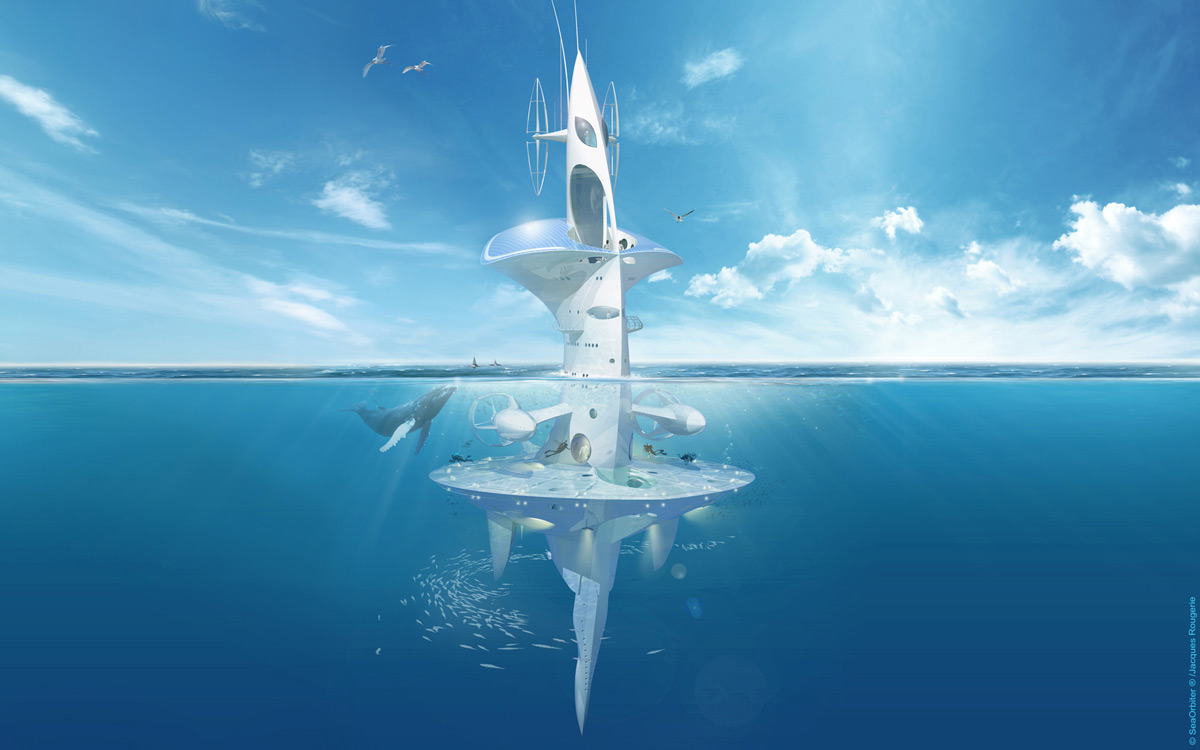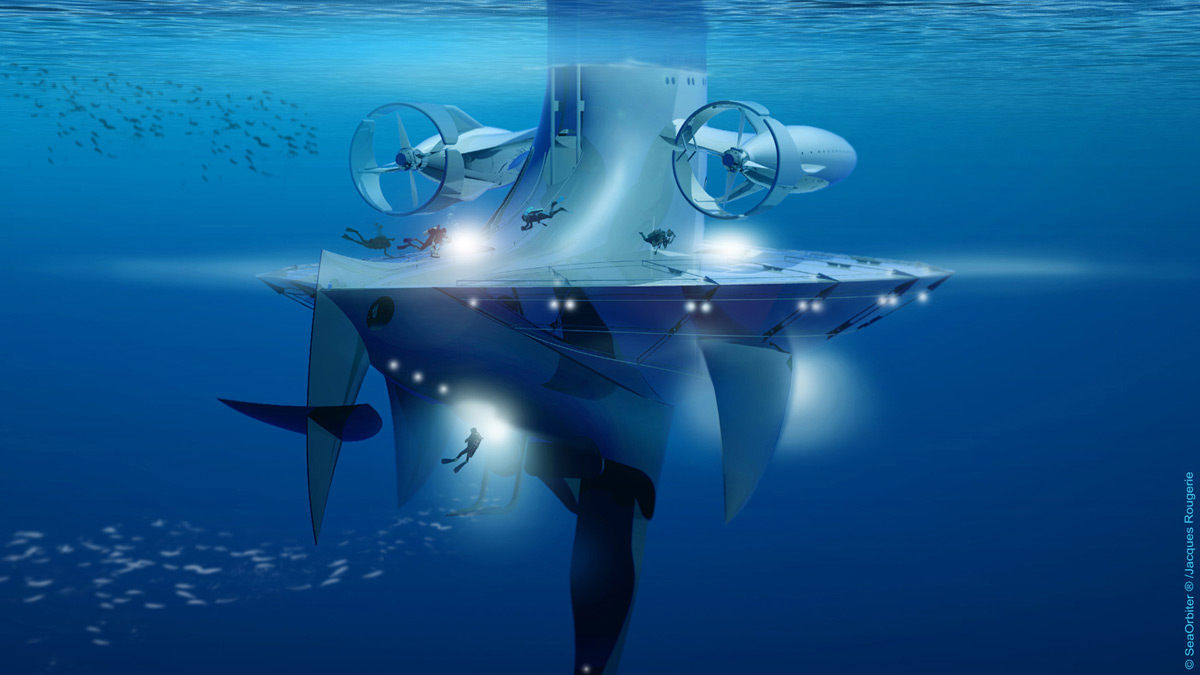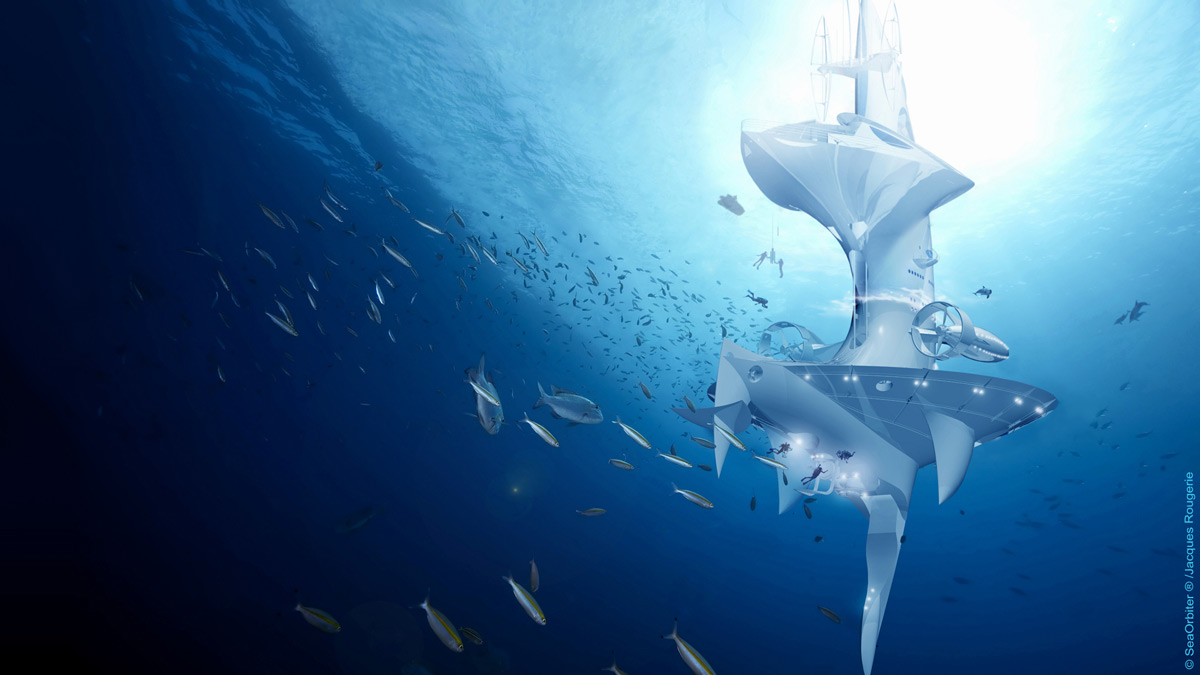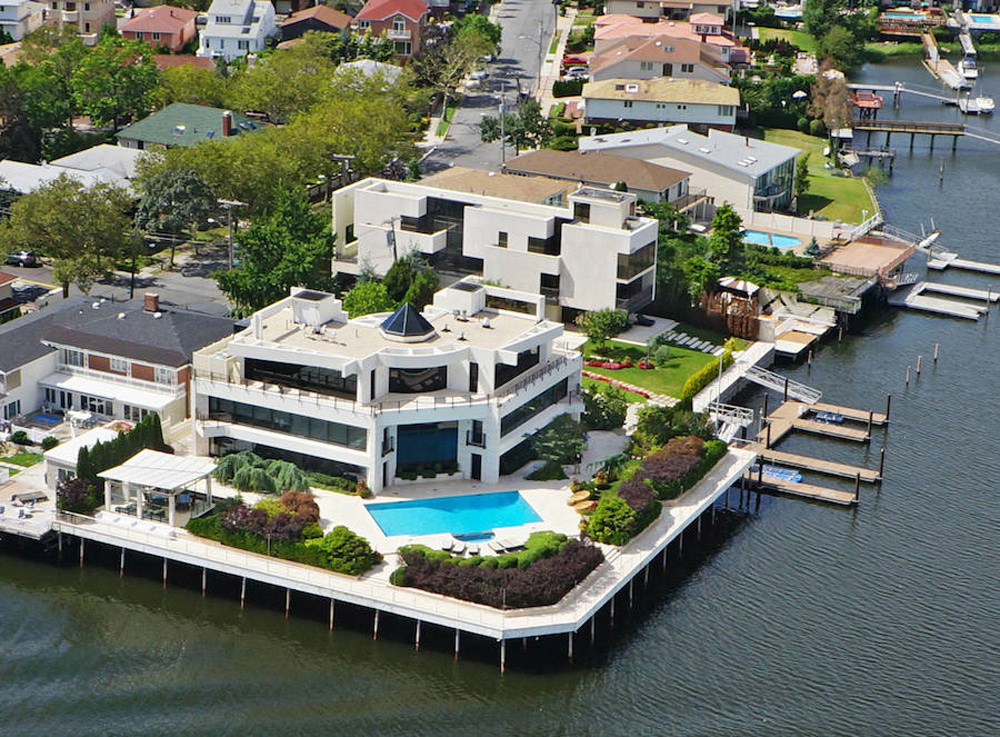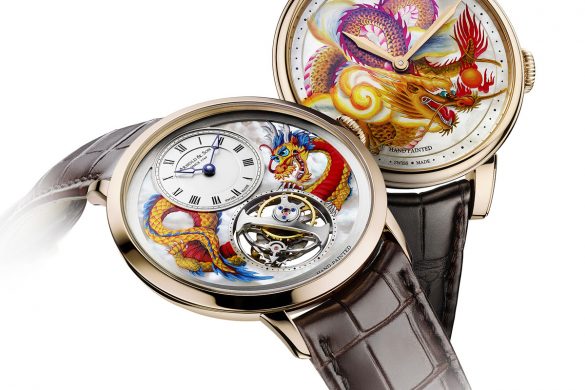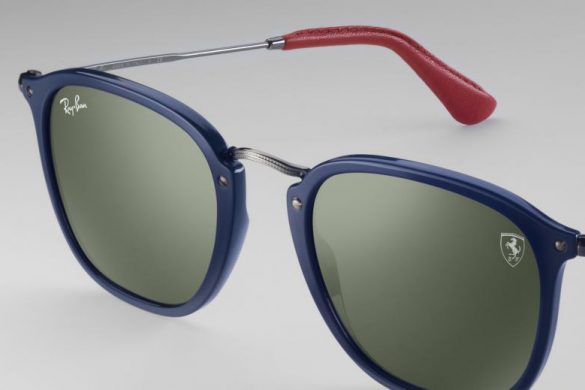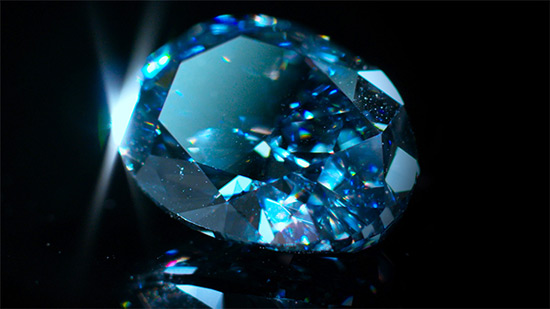Underwater habitats are underwater structures in which people can live for extended periods and carry out most of the basic human functions of a 24-hour day. Numerous underwater habitats have been designed, built and used around the world since the early 1960s, either by private individuals or by government agencies. But, SeaOrbiter by French architect Jacques Rougerie is the culmination of all.
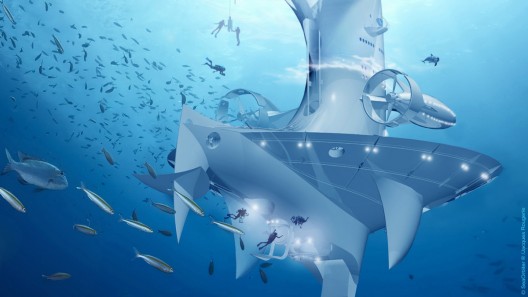
SeaOrbiter – Unique International Oceanic Station
The result of over 30 years of research, the €50 million ($55M), this unique international oceanic station is designed as a cross between a skyscraper and a boat for exploring the unchartered territories of the earth’s oceans. It can accommodate a team of 18-22 researchers, who will be able to spend 24 hours a day underwater.
SeaOrbiter is the only one- of- its- kind scientific and educative platform, complementary to existing observation and analytical tools of the oceanic world.
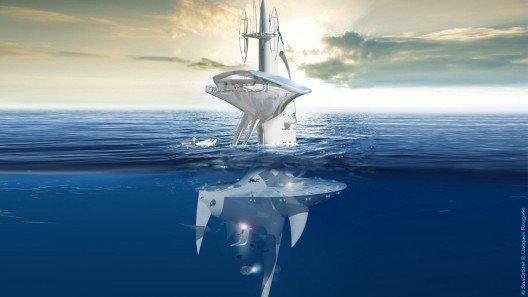
SeaOrbiter – Unique International Oceanic Station
Thanks to its main capabilities of slow motion drifting pace and great autonomy, the vessel provides: permanent and continuous observation and research operations at the heart of the ocean; the ability to directly deploy under- the- sea many types of underwater observation devices and a capability to evolve in a quiescent mode to better capture a great variety of physical and ecological data.
The missions conducted from the vessel will enable to better understand the links between ocean and atmosphere, the planktonic balance, the decrease of marine biodiversity or the impact of climate change upon the marine world and its wealth of life.
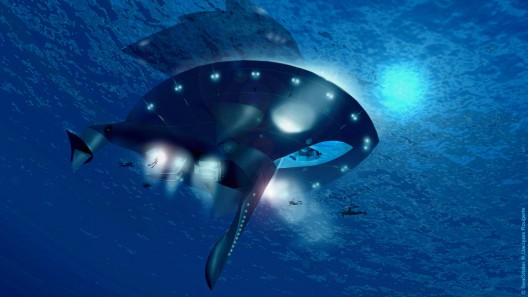
SeaOrbiter – Unique International Oceanic Station
SeaOrbiter will allow discovering and valorizing new marine richness which will, tomorrow, enable the development of major innovations in various fields such as nutrition, health, biotechnologies or renewable marine energies. SeaOrbiter is also a powerful education tool dedicated to the marine world and engaging all generations.

